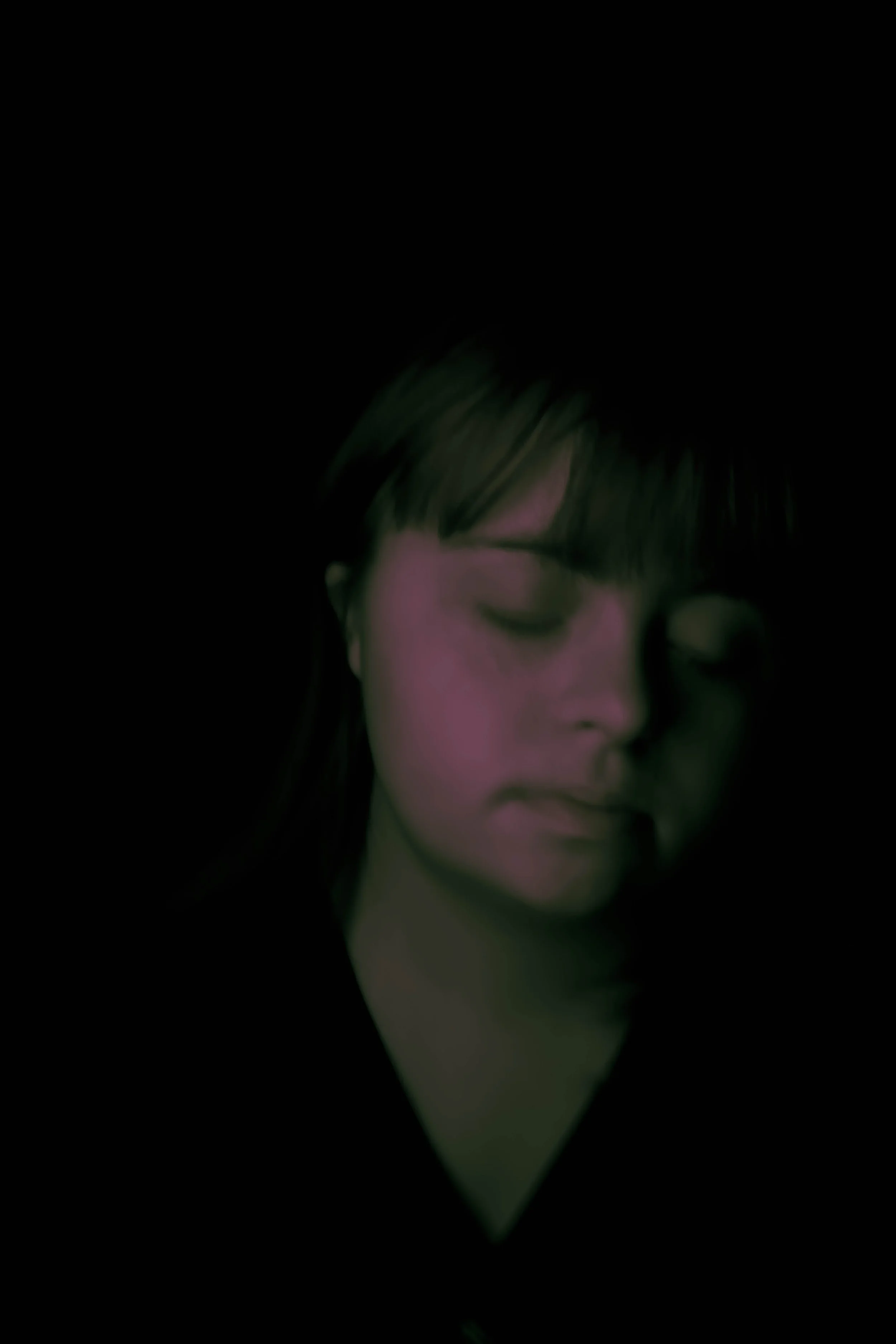


In “Uses of the Erotic: the Erotic as Power” Audrey Lorde establishes a radical interconnection between eroticism and power as an essential phase in womanhood. When my daughter started to show flitters of her awakening sexuality, I realized that I had to let go of my own myopic internalized narrative about the sexual lives of people living with disabilities. I had to reject my own ableist misconceptions. This is not a new problem, indeed by culturally censoring the portrayal of sexuality as an integral part of the lives of people with disabilities, society has de facto been preventing them from maturing into multi-faceted persons in their eyes and the eyes of others. In “Queen of Years,” I force myself to see my daughter as the burgeoning adult that she is becoming, with the depth and complexity that this new sensual and erotic and powerful chapter of her life entails. In order to depict her full humanity, eroticism included, I had to place her at the center of her story. With my fears of letting go and her pain and struggle to fit into a world that will be harsher on her kind than she can ever imagine, I had to leave the set, I had to leave her side. “Queen of Years” is a visual play on Lorde’s exposition: “The erotic is a measure between the beginnings of our sense of self and the chaos of our strongest feelings.”